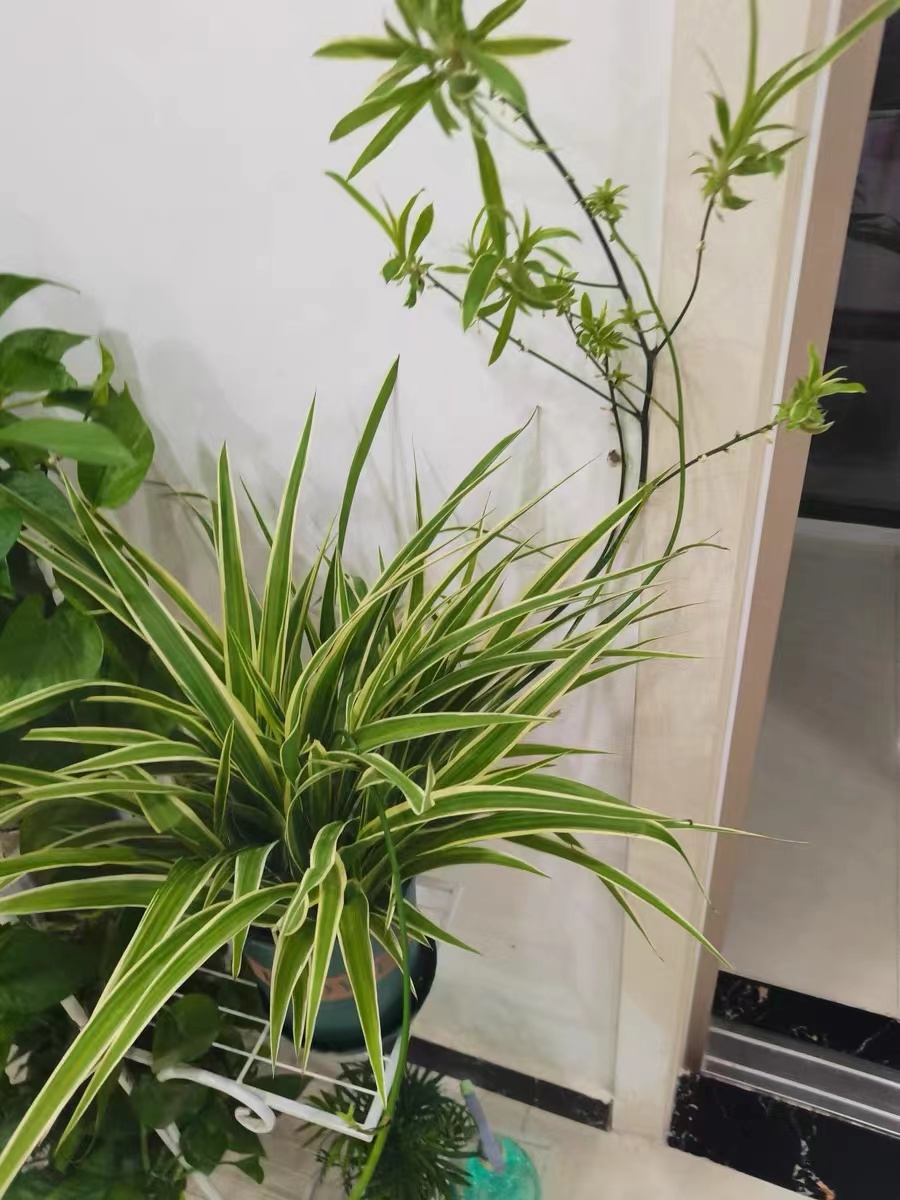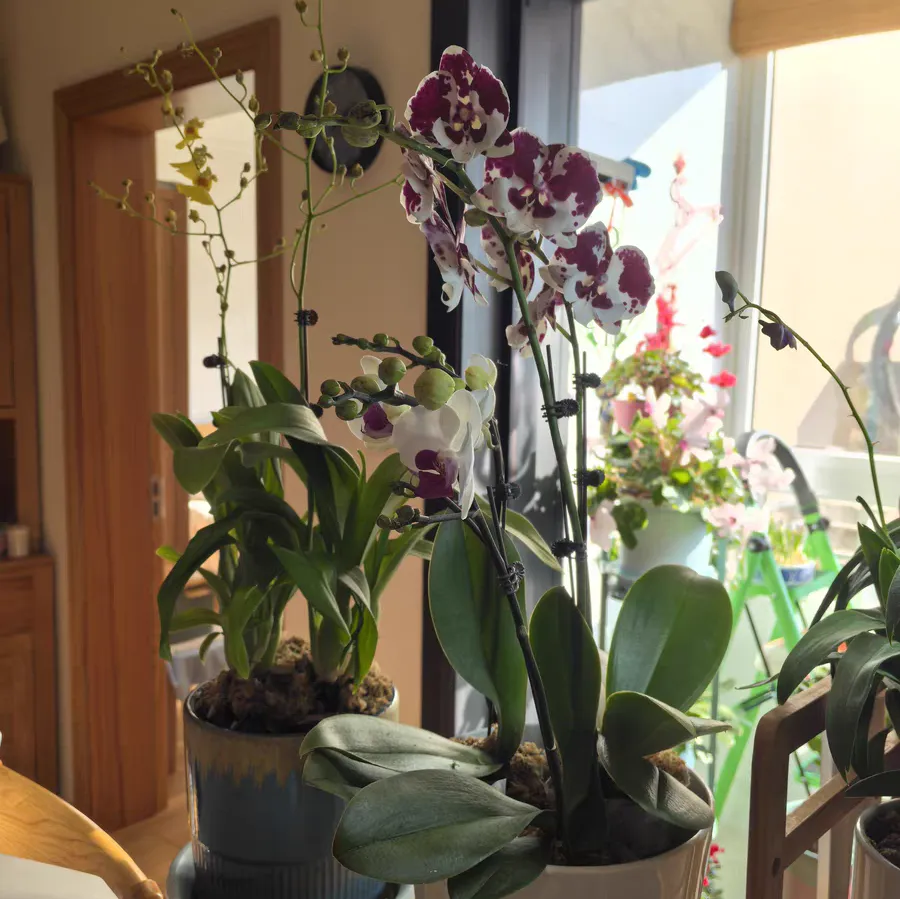Spider plants are evergreens among home green plants. However, over time, spider plants in the original potting soil may be limited in growth due to problems such as exhaustion of nutrients and overcrowded roots. At this time, timely repotting operations are particularly important. So, when is the best time to repot a spider plant?
Although spider plants can be repotted throughout the year, choosing the best time point for repotting operations will undoubtedly yield twice the result with half the effort. So, what is this "golden time"? The answer is - spring and autumn.
Repotting in spring
Spring is the peak season for the growth of spider plants. At this time, the temperature gradually rises and everything comes back to life. Choosing to repot spider plants during this period can make them quickly adapt to the new environment and quickly resume growth. At the same time, repotting in spring can also reserve sufficient nutrients for the upcoming growth season of spider plants and help them thrive.
Repotting in autumn
Autumn is also a good time to repot spider plants. At this time, the temperature is moderate and the air humidity is relatively high, which is conducive to the recovery and growth of the roots of spider plants. Moreover, after repotting in autumn, spider plants can make full use of the period before winter to accumulate nutrients and develop roots, laying a solid foundation for next year's growth.
Judgment criteria for repotting spider plants
Although spring and autumn are the preferred periods for repotting spider plants, for each individual pot of spider plants, the best time for repotting still needs to be judged according to the actual growth situation of the plant. Here, we provide a simple and practical "judgment criterion" - observe the growth state of the spider plant.
Observe whether the roots of the spider plant have filled the entire flowerpot or whether some roots protrude from the small holes at the bottom of the flowerpot. If these situations occur, it means that the roots of the spider plant are already too crowded and need repotting to provide more growth space.
Observe whether the leaves of the spider plant appear yellowed, withered, or slow in growth. These phenomena are often caused by insufficient nutrients or damaged roots. If the spider plant is in this state for a long time and cannot be improved by measures such as fertilization, then repotting may be an effective way to solve the problem.
If the spider plant was originally growing vigorously but suddenly the growth rate slows down or stagnates, it may also be due to exhaustion of nutrients in the potting soil or restricted roots. At this time, you can consider repotting the spider plant to stimulate its continued growth.
Precautions for repotting spider plants
After determining the best time for repotting spider plants, we also need to pay attention to the following points to ensure the smooth progress of the repotting operation:
Choose a flowerpot that is slightly larger than the original one and prepare loose, breathable, and well-drained soil.
When repotting, properly trim the old roots, rotten roots, and overly long roots of the spider plant to promote the growth of new roots. Be careful during the repotting process to avoid squeezing or damaging the leaves.
After repotting is completed, water thoroughly to ensure that the roots of the spider plant are in close contact with the soil and replenish water. After repotting, the spider plant needs to be placed in a place with good ventilation and sufficient scattered light for slow seedling maintenance, avoiding direct sunlight and excessive watering.
Although the best time for repotting spider plants is mainly in spring and autumn, it still needs to be judged according to the growth state of the plant. Mastering this "judgment criterion", you can easily choose the right time for repotting spider plants.
How to judge whether a spider plant needs repotting?

Share with
Tagged in :




Leave a Reply